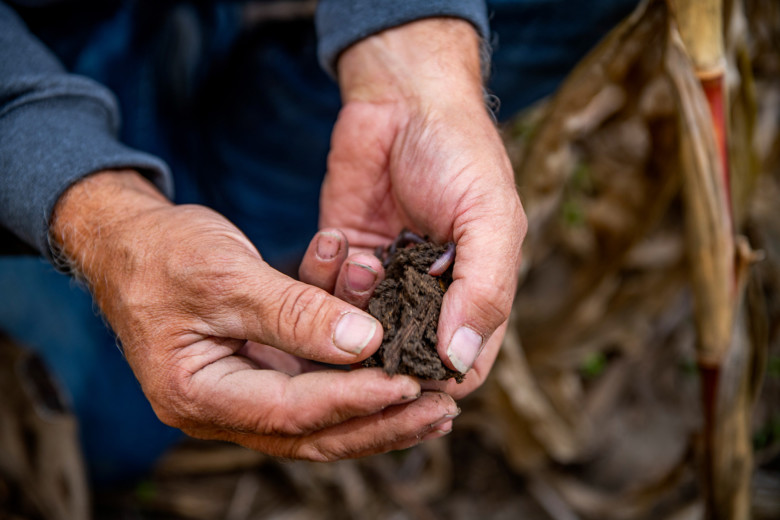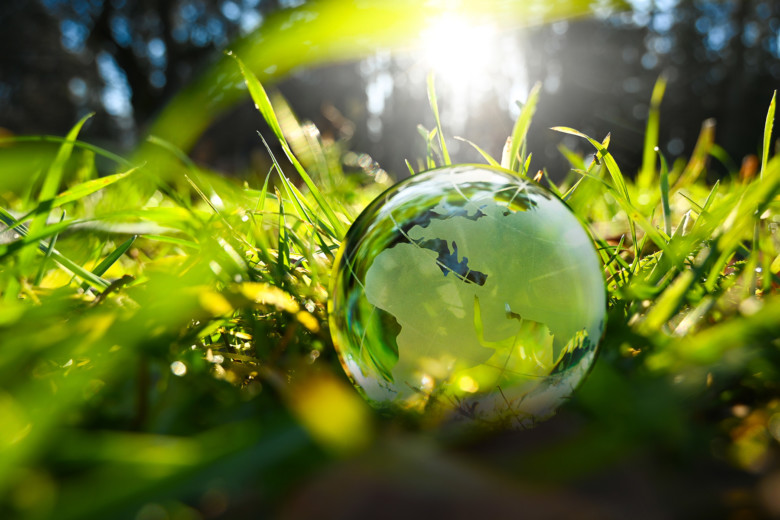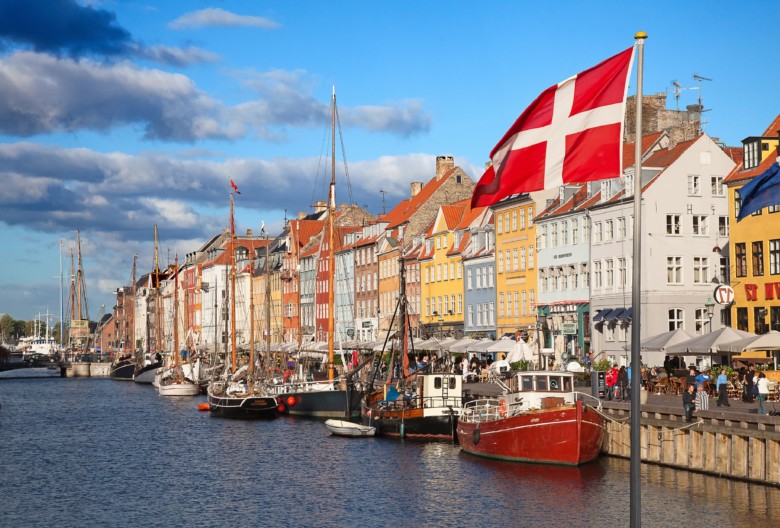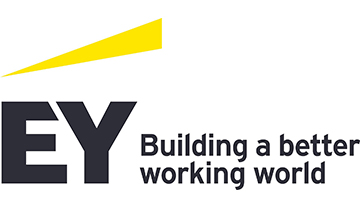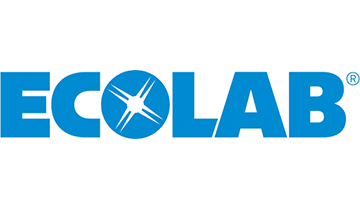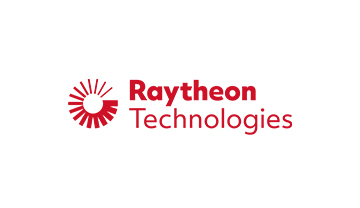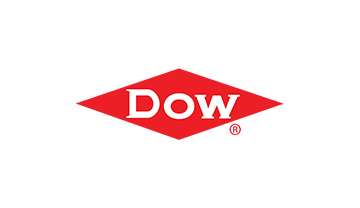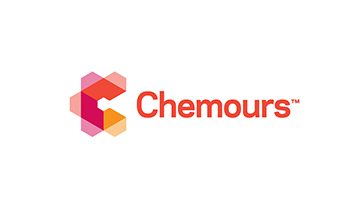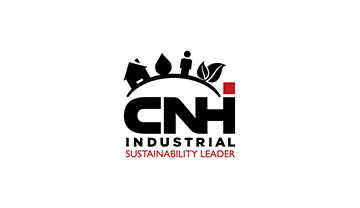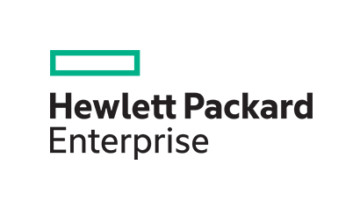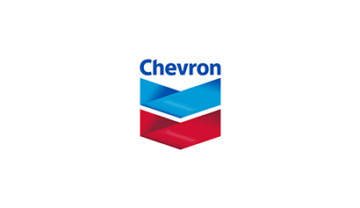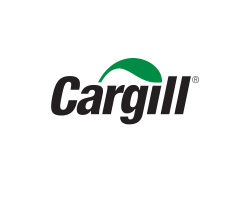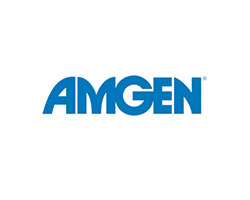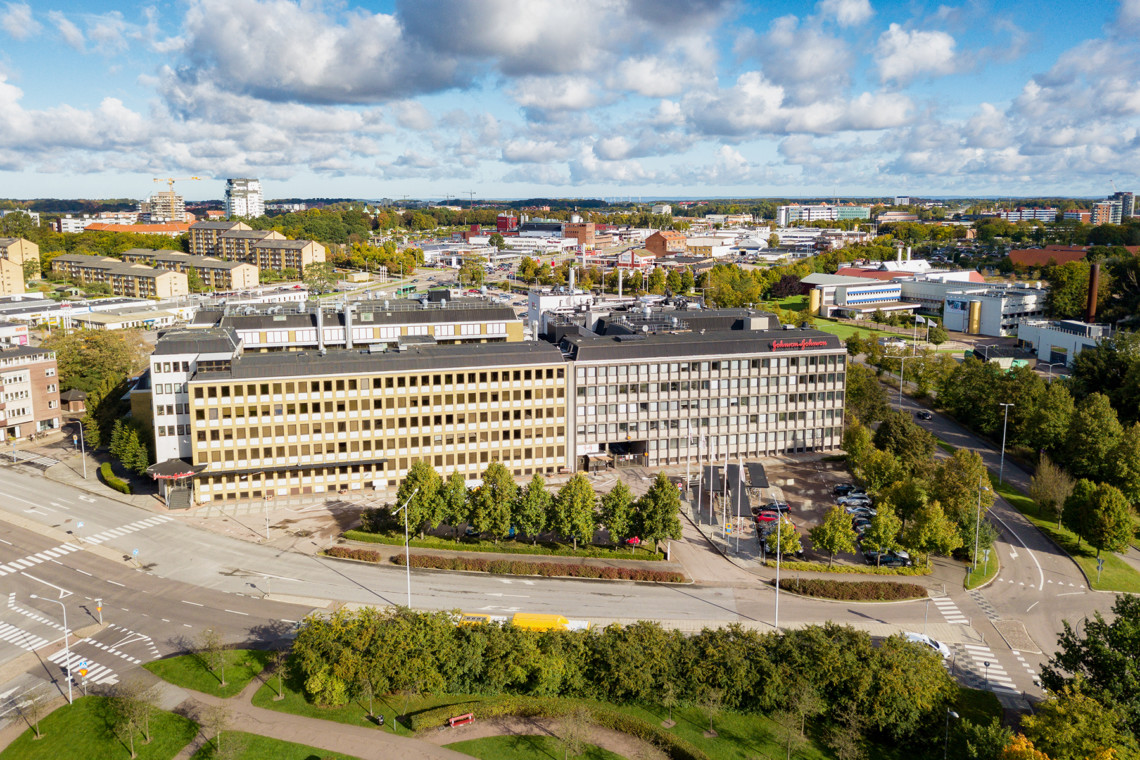
Johnson & Johnson is committed to achieving carbon neutrality for all J&J manufacturing sites by 2030. To this end, the Johnson and Johnson Consumer Health factory in Helsingborg, Sweden, became J&J’s first-ever facility to achieve CO2-neutrality for all energy sources across manufacturing, warehousing, and R&D facilities, in 2017.
In 2021, it was among a small group of companies to be part of the World Economic Forum (WEF) Lighthouse initiative; an accolade that recognises it as a super-efficient, technically advanced factory that can serve as a model for all manufacturers and supply chains across the globe.
This J&J facility is the sole global producer of Nicorette® Gums, Nicorette® QuickMist™ Mouthspray, Nicorette® Lozenges, and other Nicorette® products supporting smokers in their journey to quit tobacco and nicotine as well as producing allergy and sore throat medications.
The Helsingborg facility’s journey to carbon neutrality started 10 years ago, in 2010, with a group of passionate employees who felt it was important to ensure that the company mitigate the impact on the environment while continuing to develop essential healthcare products.
Initially, the team focused on solving two key problems: energy consumption and carbon emissions and since 2010, the Helsingborg factory has reduced its energy spend while increasing production by more than 25%. This was done through a series of efficiency investments and strategic projects like partnering with suppliers that deliver energy from sustainable and certified sources and replacing natural gas with district heating and biogas. The amount of CO2 emitted has also been on a downward trend since 2010 when it emitted around 5000 tons per year. The reduction in emissions was achieved by the installation of a 2-megawatt chiller as well as a 5-megawatt steam exchanger for heating, amongst many other energy efficiency projects. All of this was done on a cost-neutral basis by offsetting installation costs with decreased energy costs.
Towards the 2030 ambition of all J&J manufacturing sites achieving carbon neutrality, the company is continuously building on learnings from the Helsingborg site and looking for additional improvements and efficiencies that can be implemented across its value chain.

